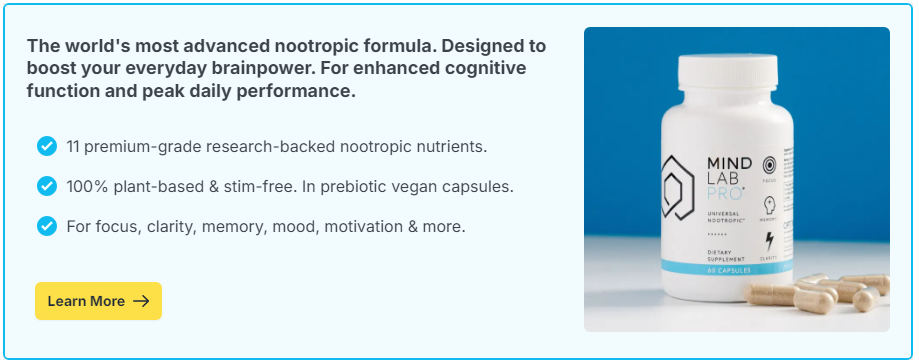
Yes – consistent acts of kindness can enhance cognitive empathy, the ability to understand what others think and feel without becoming overwhelmed by emotion. Each deliberate act of perspective-based giving strengthens brain pathways involved in social prediction, emotional regulation, and moral reasoning.
Contents
Understanding Cognitive Empathy
Empathy has two major components: emotional empathy (feeling what someone else feels) and cognitive empathy (understanding why they feel that way). Cognitive empathy allows you to predict reactions, interpret motives, and respond thoughtfully rather than impulsively. It depends on prefrontal and temporoparietal networks – areas that mature through practice and feedback.
Why Kindness Activates Empathy Circuits
When you perform an intentional act of kindness – buying coffee for a stranger, sending a note of gratitude, or helping a coworker – you must model someone else’s internal state. This mental simulation recruits the same neural regions used for empathy: the medial prefrontal cortex (for perspective-taking) and the anterior insula (for emotional attunement). Repetition strengthens these circuits much like physical exercise strengthens muscle memory.
Feedback Loops That Reinforce Insight
Kindness generates quick feedback: a smile, relief, or subtle gratitude. Your brain logs these cues, refining its predictions for future interactions. Over time, this makes social understanding more efficient – less guesswork, more attunement.
Emotion Regulation And Stress Reduction
Acts of generosity lower cortisol and boost serotonin and oxytocin. This calm state allows the prefrontal cortex to stay active, supporting clear perspective-taking even under stress. In contrast, chronic self-focus or anxiety suppresses this circuit, narrowing empathy bandwidth.
Practical Ways To Build Empathy Through Kindness
Small, structured kindness habits train the empathy network without requiring grand gestures. Try these routines:
- Daily Micro-Acts: Compliment a stranger, hold a door, or send a quick encouraging message. Focus on noticing the other person’s response and what might have caused it.
- Perspective Journal: After each act, write one sentence beginning with “They might have felt…” to strengthen perspective mapping.
- Weekly Gratitude Outreach: Once a week, express thanks to someone specific. Observe tone, posture, or micro-expressions in their reply.
- Kindness Reflection: Before bed, replay one social moment and mentally trace the other person’s likely state, not your own.
How The Brain Learns From Kindness
Functional MRI studies show that generosity activates reward centers (ventral striatum) similarly to receiving rewards. This overlap helps integrate empathy with motivation – doing good feels good because the brain rewards prosocial prediction accuracy. Over weeks, this feedback loop stabilizes as a default social mode, especially when acts are intentional rather than habitual.
Balancing Empathy And Emotional Drain
Practicing kindness does not mean overextending. Empathy fatigue arises when emotional empathy overwhelms regulation. The antidote is reflection: keep focus on understanding over absorbing. Kindness grounded in perspective (“I see what they need”) rather than rescue (“I must fix this”) builds resilience and prevents burnout.
Real-World Transfers
Improved cognitive empathy from kindness practice carries into other domains:
- Work: Sharper grasp of colleagues’ motives improves collaboration and negotiation.
- Relationships: Better emotional prediction reduces conflict and misinterpretation.
- Learning: Understanding teachers’ or audiences’ perspectives improves communication.
- Leadership: Balancing assertiveness with attunement boosts trust and retention.
Metrics To Track Growth
- Perspective Recall: Can you summarize others’ reasoning more accurately after conversations?
- Delay Before Responding: Are pauses before replies longer and more thoughtful?
- Conflict Recovery: How quickly do you shift from defensiveness to curiosity in disagreements?
- Positive Feedback Frequency: Are others spontaneously describing you as more understanding or calm?
Common Pitfalls
- Performative Kindness: If the focus is validation, empathy training stalls. Keep attention on understanding the recipient’s experience.
- Overgeneralization: Assume diversity in motives – kindness is not mind-reading. Curiosity outperforms assumption.
- Neglecting Self-Kindness: Chronic self-criticism blunts empathy toward others. Balancing both sustains long-term growth.
Pairing With Complementary Practices
Kindness integrates well with mindfulness, journaling, or reflective conversation. Mindfulness sharpens awareness of internal reactions; journaling externalizes insights; discussion anchors them socially. The more dimensions of reflection, the deeper the empathy imprint.
Random acts of kindness are small but neurologically rich exercises for cognitive empathy. Each deliberate act invites your brain to simulate another mind, receive feedback, and refine understanding. Over time, this builds a more stable capacity for perspective-taking – kindness practiced outward becomes clarity cultivated inward.

